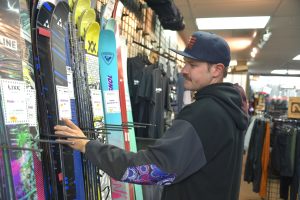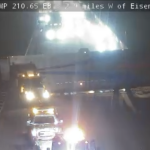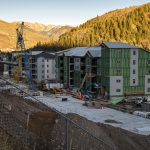Amid closures and financial challenges, Colorado’s mountain brewers are finding new ways to keep pouring
High costs, slow seasons and fewer drinkers test Colorado’s ski town breweries. Across the Western Slope, local breweries are redefining what it means to serve their communities.
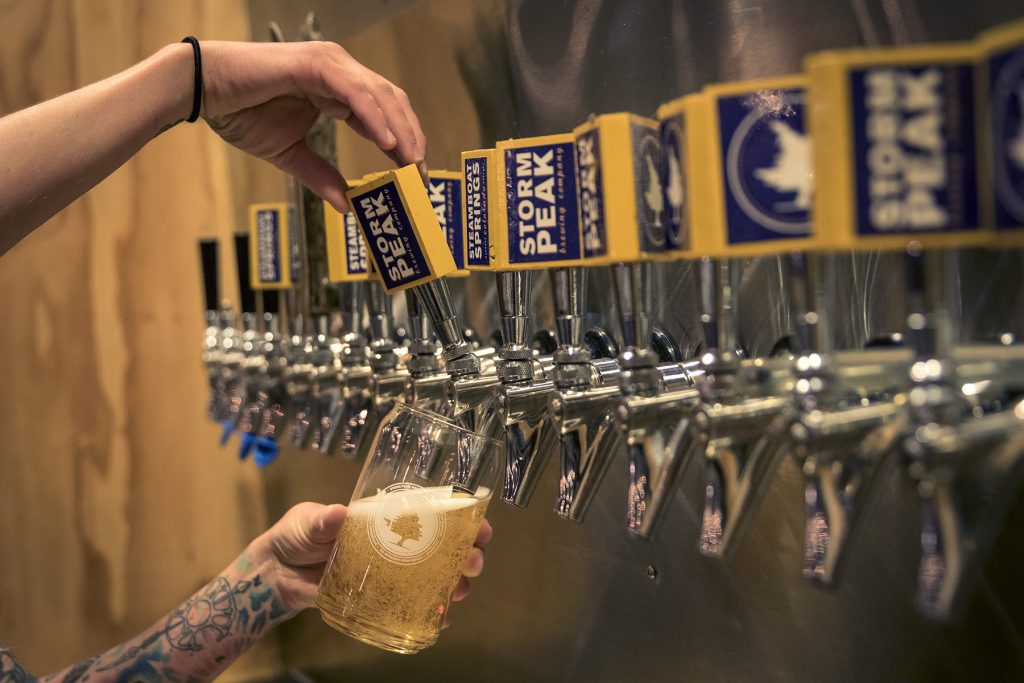
Storm Peak Brewing Company/Courtesy photo
The froth has settled on Colorado’s craft beer boom. As mountain brewers face a new reality, many are adapting their business models to stay afloat.
In 2024, Colorado watched dozens of breweries pour their last pints. Faced with rising costs and shifting tastes, the brewers who are persevering are expanding menus, reinventing taprooms and connecting to their communities as they learn to adapt to a changing environment.
Brewing in Colorado dates back to 1859, before the state was formed. The number of craft breweries grew rapidly starting in the 1990s and reached 456 by 2024, generating millions in economic impact for the state.
Recently, however, a mix of financial challenges and waning appetites has caused several breweries to close down in 2024, with more anticipated to close in 2025.
Nationwide, 2024 marked the first time since 2005 that more breweries closed than opened. Craft beer sales fell 4%, and national surveys revealed fewer Americans were consuming alcohol.
That same year, roughly 50 breweries closed across Colorado, with 28 more closing since the start of 2025 and two more set to close by the end of the year. The opening of new breweries in some of those locations has softened the state’s net loss, however, according to Shawnee Adelson, executive director for the Colorado Brewers Guild.
Since the COVID-19 pandemic hit the state in 2020, Colorado has lost 140 breweries, brewpubs and taprooms, according to the guild. To the relief of many, this isn’t entirely unexpected for the industry.
“Colorado craft beer is a mature market,” Adelson said. “And because of the history of Colorado craft beer — being here since the late 80s — we have entered a maturing market phase of our industry. And with most industries, as you see in more mature markets, there is a leveling out.”
Adelson said that while the guild’s breweries used to see exponential growth year over year, it was clear the growth wouldn’t be sustainable long-term. As a result, there’s been a stabilization in both the number of breweries in the state and the amount of beer being sold based on a combination of challenges.
The ‘rising cost of everything’
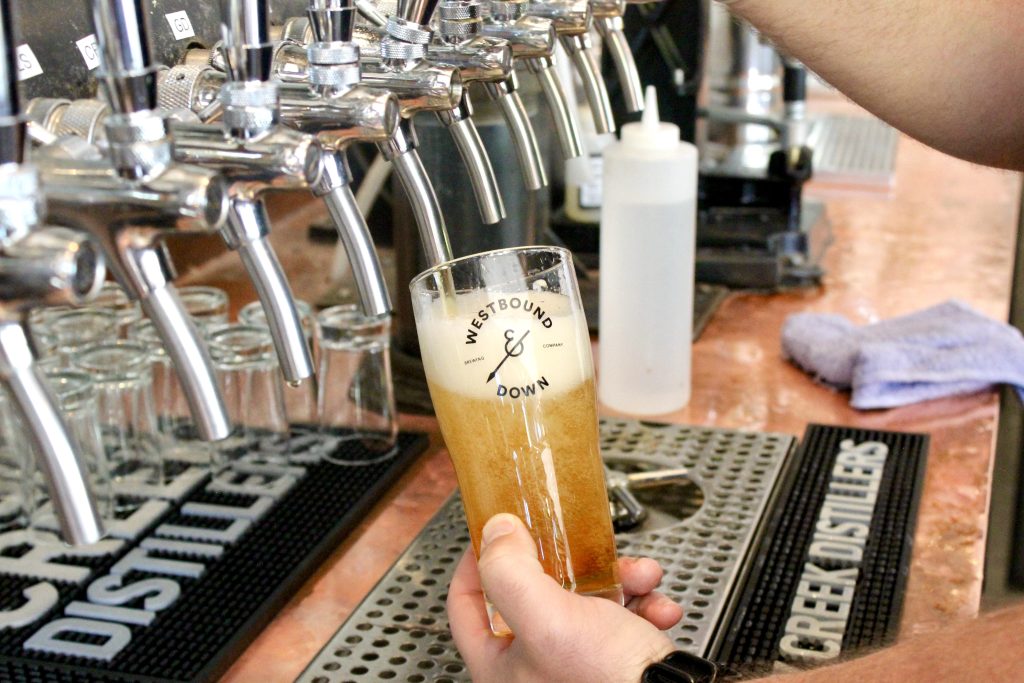
While individual breweries face their own unique challenges, one that seems to ripple across the state is the “rising cost of everything.” The increased cost of labor, materials and ingredients has put a financial strain on most mountain businesses, especially following tariffs levied by the Trump administration. Expenses from sky-high commercial real estate leases, insurance and property taxes can sometimes feel like a ticking time bomb.
“That’s the malt, the hops, your CO2, your cans, your labels, all your packaging equipment, all of that is going up,” Adelson said. “Especially when we’ve seen tariffs on aluminum cans coming from Canada.”
Garrett Scahill, co-founder and head brewer at Vail Brewing Company, said the brewery gets some of its malt and hops from Europe, which has made those ingredients more expensive. Materials necessary for repairs are seeing a similar fate, and tariffs on stainless steel are making it more expensive to build an expansion facility.
“The equipment is way more expensive than it used to be. … Even American-made tanks using steel from outside the country, there’s a cost for that,” Scahill said, adding that the brewery has been looking for ways to cut costs internally and shop around for more affordable materials. “It’s hard, because when are you getting to a point where somebody’s like, ‘I’m not willing to pay that much for a beer?'”
Westbound & Down Brewing, with locations in Idaho Springs, Lafayette, Denver and Basalt, distributes its product statewide, which adds another element of expenses to the pile. The company has been able to keep some stability in its pricing structure thanks to long-term contracts with suppliers, though raising prices will eventually be part of the conversation.
“I run a brewery, and no one wants to see a $10 pint. It just feels wrong to me,” said Jake Gardner, CEO and director of brewing operations. “Obviously, at some point it’s going to happen, because that’s what inflation causes. But those are the pressures, trying to meet consumer demands.”
Although beer sales in Colorado fell by roughly 3.2% in 2024, more than 3.2% of breweries closed, meaning that having fewer customers is just one drop in the fountain of larger economic pressures, Gardner said.
Rising rent prices and overall cost of living also translate to a shortage of talented labor for Western Slope breweries, as many struggle to find workers.
“The truth of it is, brewery manufacturing has never been an extraordinarily high-paying job,” Gardner said. “If you take it outside of metro areas where living expenses are more reasonable, you add another piece to it, which is that the cost of living is high.”
For breweries that can find and hire skilled brewers outside of their communities, limited available housing sometimes leads to rejected job offers.
“If you’re trying to recruit somebody from out of the community that you’re hiring in, you can have a job in place, and they’d be willing to take it, but the biggest crutch is where are they going to live?” said Zach Patterson, co-owner of Storm Peak Brewing Company in Steamboat Springs.
Outside of staffing, resort mountain towns can often be a ways away from required services or materials, leading to unexpected delays or closures when something breaks.
“When you’re in Denver and something breaks, there’s always somebody you can call 24/7 to come fix it,” Adelson said. “That’s not necessarily the case in a smaller town, where the one person that might be qualified to fix whatever problem you have … might not be available right away, so there’s just less of a pool to choose from. That does create some backlog and some delays.”
Expanding menus and reinventing taprooms
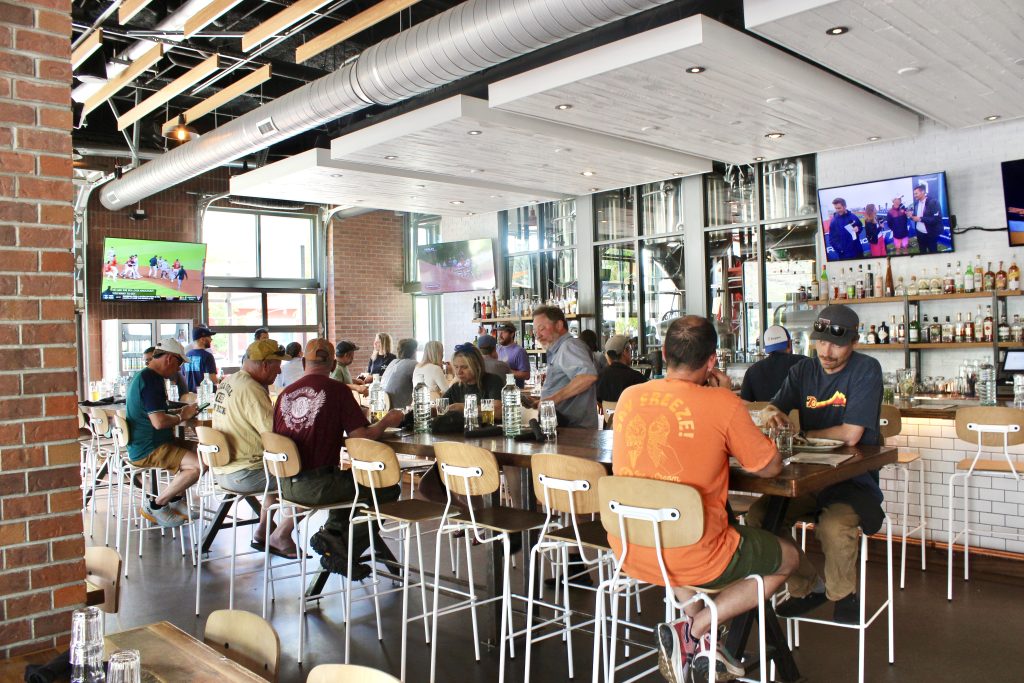
Despite the decline in the number of breweries in the state, several others have opened their doors in 2024. Some, particularly on the Western Slope, have found innovative ways to adapt to the challenging environment.
“It’s no longer, ‘Create a brewery, stay in your lane, make good beer and offer chips and pretzels.’ That kind of trend is gone,” Scahill said. “In order to stay relevant, you want to keep people around.”
After starting out as just a taproom, Scahill said Vail Brewing Company is in the process of changing its license to “brewpub and tavern” so that it can serve food options at two of its locations: the EagleVail brewery and a new expansion in Gypsum.
In addition to a tavern tasting room in Vail Village and original brewery in EagleVail, Scahill said Vail Brewing Company is opening a 15,000 square-foot production brewery and tasting room in Gypsum, which will allow the company to add curated craft cocktails and wine to its menu.
“We’re just trying to be well-rounded, in a way, to be able to have an offering for everybody so that we’re more enticing for a group of people,” Scahill said.
Storm Peak Brewing in Steamboat Springs, which recently moved one of its two locations to the Steamboat Grand Hotel near the base of the ski resort, opened a kitchen in July and offers a selection of non-alcoholic beers, local kombucha and soda. Its westside location, while not serving its own food, encourages customers to order food from neighboring restaurants or bring meals from home to enjoy with their beer.
“We kind of rely on our neighbors to the north and to the south to handle food,” Patterson said.
Storm Peak Brewing increased production and began canning beer in 2018, which is now distributed across the Front Range. Despite expanding outside the valley, Patterson said what has allowed the business to grow is taking care of the Steamboat community above all else.
“You’ve really got to focus on your close community first and foremost,” he said. “That’s the bread and butter. That’s what will always be supporting the brewery.”
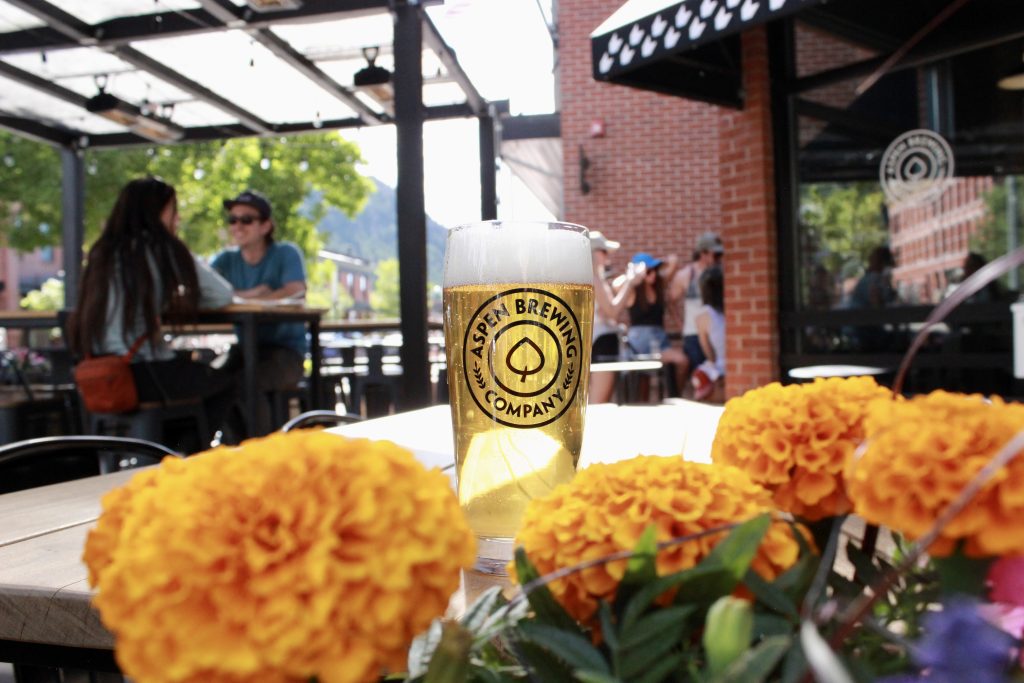
Meanwhile, Westbound & Down in Basalt opened its doors in 2024 after purchasing and converting Capitol Creek Brewing with an already food-filled menu, non-alcoholic drink options and a dog-friendly space. Aspen Brewing Company, which Westbound purchased in 2023 and is located in downtown Aspen, also serves a selection of food, cocktails and wine.
“I feel like we already kind of had a broader tent of appeal than just a brewery, and that was somewhat of a strategy,” Gardner said. “There’s some hardcore beer drinkers — I’m one of them. But then there’s a much bigger group of people that are what I call ‘occasional beer drinkers.’ They all have to eat some food occasionally, and when they do, we’ve got excellent hospitality and excellent food.”
Gardner said treating their products as separate ventures — with some beer being made for distribution and others for pouring over the bar — has allowed them to do both at a higher quality. Earlier this month, the company won seven medals and Brewery of the Year in its category at the Great American Beer Festival, the biggest beer competition in the country.
“Westbound & Down is currently raising capital for a regulation crowd fund and expanding our production, because it’s going really well,” Gardner said. “So honestly, we get that all the time, ‘People aren’t doing well, why are you doing well?'”
Juggling the offseason
In the Denver Metro Area, the slowest months for breweries are usually January through February. In Colorado’s mountain resort towns, those are the months when breweries see an influx of customers coming in after a long day on the slopes or wanting a beer between runs.
What this means for a lot of Western Slope breweries is a longer offseason during the spring and fall months, where it can be challenging to attract customers. Scahill said the Vail, Avon and Edwards communities see “massive declines” in customers from the end of April until June and after Labor Day, when kids go back to school and second homeowners depart for the season.
“You’re busy in the winter, you’re busy in summer, but then you have these slower offseason periods in the spring and in the fall where it can be, at times, challenging managing cash flow and trying to stay in the forefront of people’s minds when they’re looking for a place to go and grab a beer,” Patterson said, adding that the isn’t unique across small businesses.
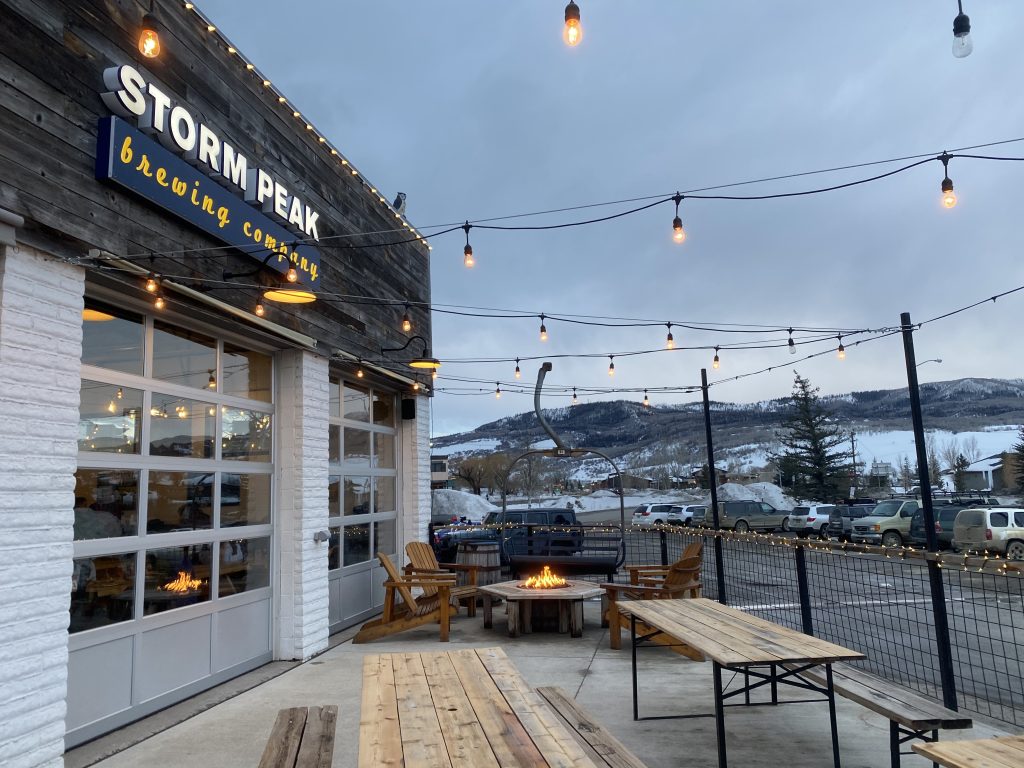
Because the Vail Brewing Company self-distributes primarily to Eagle and Summit counties, the company’s outside sales also slow around the same period.
Some restaurants in the Vail area have opted to close for a few weeks while traffic is slow, though Scahill said Vail Brewing Company tries to stay open for their local community, operating with a “skeleton crew” when it can.
While breweries in more metropolitan areas of the state may not have to juggle slow business during the offseason, they may not see the level of exposure that ski town breweries get from international visitors.
“I think it’s also a benefit to those breweries that they have access to tourists from all across the country and the world, and they’re able to showcase their product to a wider range of people,” Adelson said. “Not all Metro breweries get the same experience.”
Brewing smarter, not harder
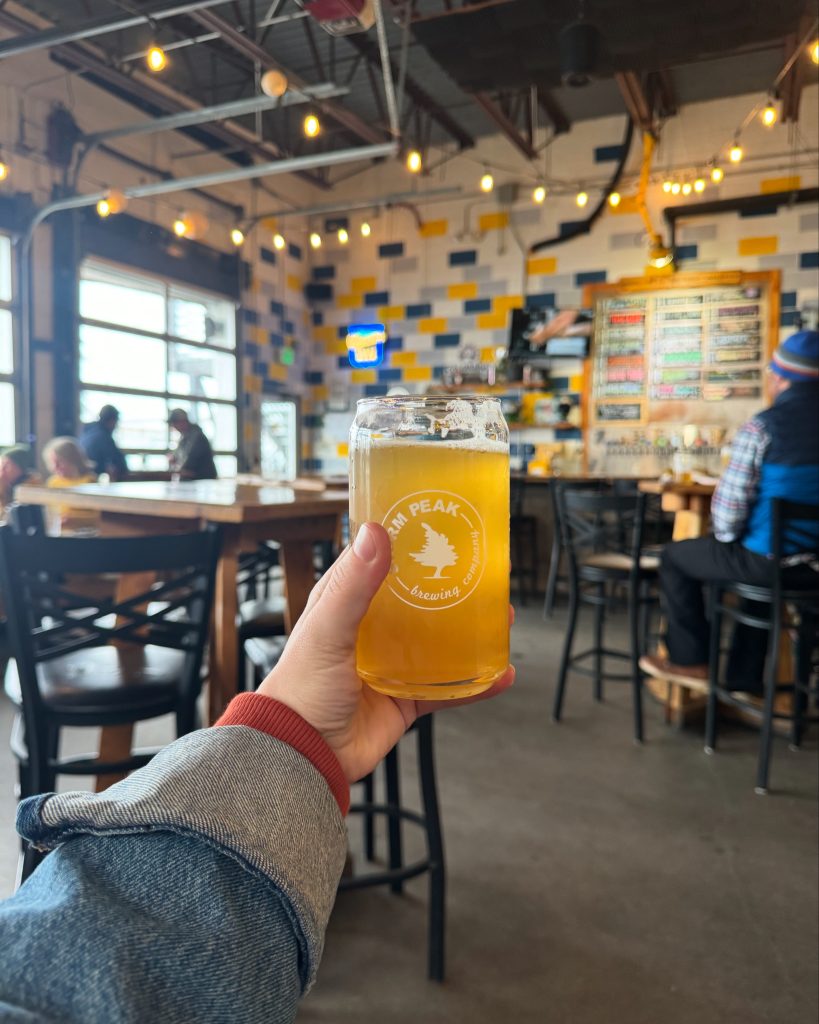
Adelson said the widespread closure of several breweries over a short period of time isn’t a first for Colorado. The state experienced a similar trend in the 1990s, when several breweries shut down and the craft beer market saw a significant downturn partially due to rapid market saturation, among other factors. Twenty years later, there was an “explosion of craft beer.”
“Alcoholic seltzer was all the craze, what, five years ago? And now that’s not really as popular,” Adelson said. “Things change in this industry, I think everybody should remember that things can continue to change and morph.”
Gardner described the recent closures as “cyclical,” adding that the rules for how to run a business effectively move even faster in a post-COVID world.
“Colorado craft beer has been in our DNA since the 80s,” Adelson said. “I don’t think craft beer is going away, and we will continue to see beer in Colorado for a very long time. Will it look different? Probably, but everything will look different.”
Even with the challenges of serving craft beer in a ski town, all three brewers said the collaborative nature of working in close-knit communities set their businesses apart from those in bigger cities, where the decrease in the number of beer drinkers might have otherwise fostered a feeling of competition.
“I think we’ve got a great relationship with the other breweries in our area. The industry is very supportive of each other,” Scahill said. “If I run out of something, I can reach out to another brewer and say, ‘Hey, do you have this? Can I replace it for you in a week or so?'”
Patterson added that Coloradans’ appreciation for craft beer and the outdoors goes hand-in-hand, and that for as long as people need a communal space to gather and talk about their adventures, local breweries will continue not just to exist, but to expand.
“Headlines (are) painting this picture that craft beer is collapsing. Yeah, there are more breweries that open than close, but that’s roughly happened every decade in craft beer,” Gardner said. “It’s pretty cyclical. … I don’t think people are gonna stop hiking and fishing and mountain biking and come to get beers afterwards.”

Support Local Journalism

Support Local Journalism
As a Summit Daily News reader, you make our work possible.
Summit Daily is embarking on a multiyear project to digitize its archives going back to 1989 and make them available to the public in partnership with the Colorado Historic Newspapers Collection. The full project is expected to cost about $165,000. All donations made in 2023 will go directly toward this project.
Every contribution, no matter the size, will make a difference.

